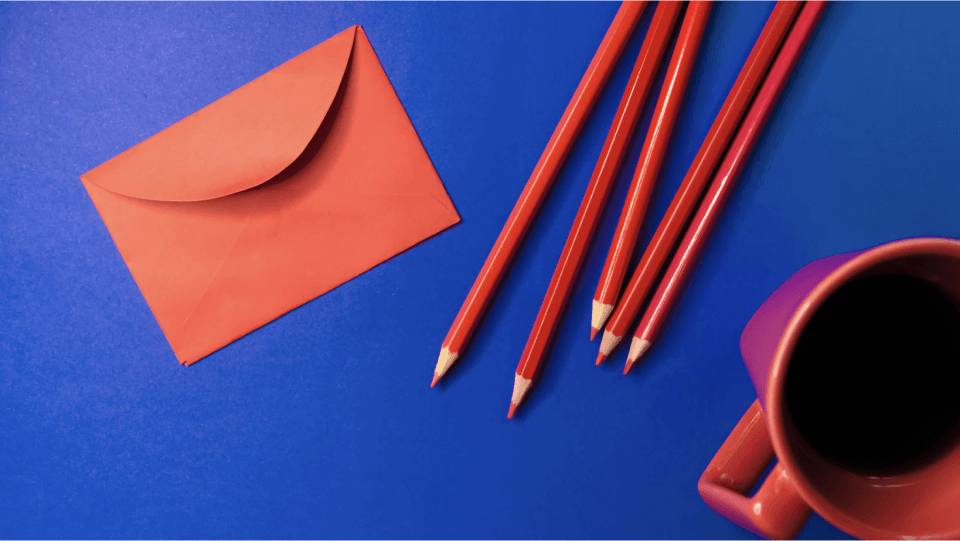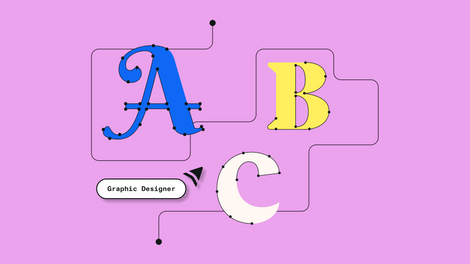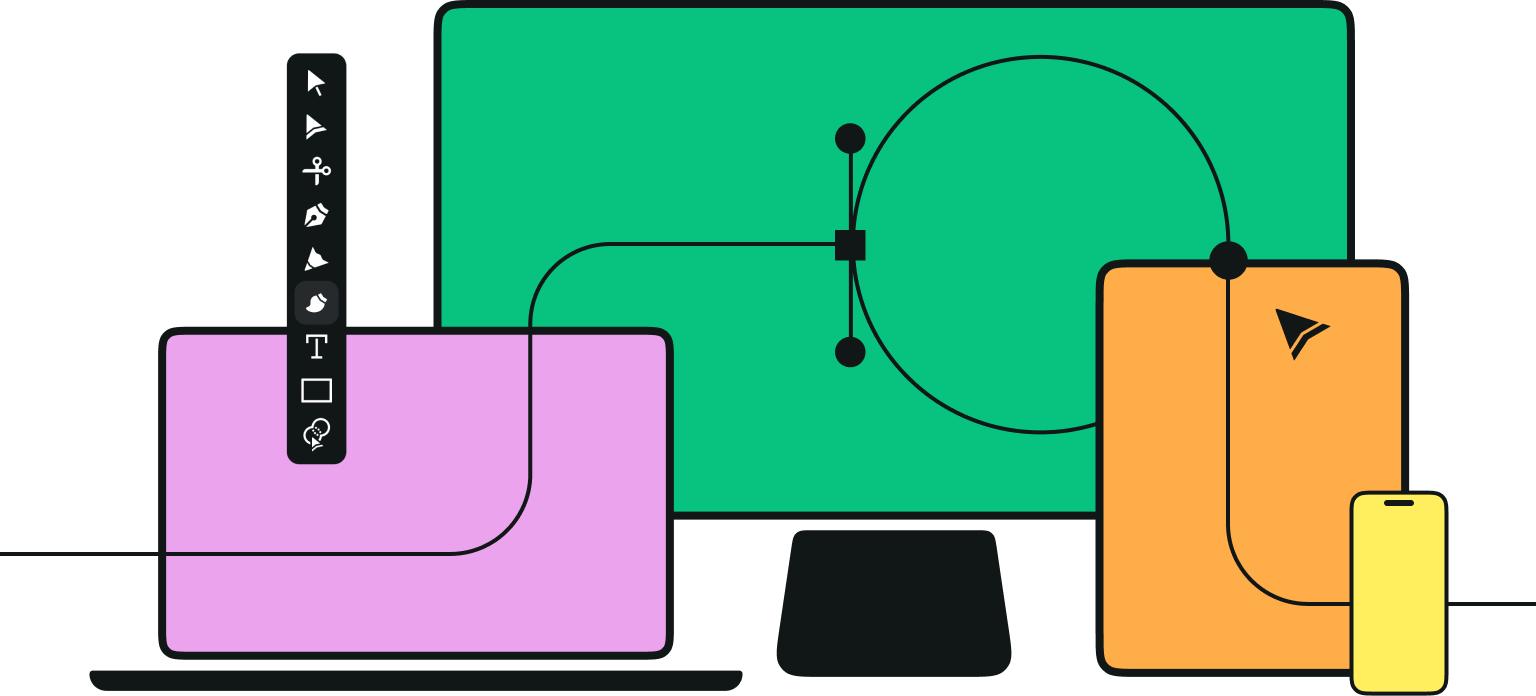Most major recruiting sites that assist you in job research will tell you to attach a cover letter when submitting a resumé for a graphic designer position that interests you.
An effective cover letter, or motivation letter, will draw attention to your job application and help you get an invitation for an interview.

In most cases, a cover letter is not a prerequisite for a response, which is precisely why it's so valuable.
If a company has a specific picture in mind of the candidate they're seeking, a well-written cover letter can help its recruiting staff determine that you're the most qualified candidate (and best culture fit) for the position.
But do graphic designers need cover letters? Don't their portfolios speak for themselves?
Besides having a wide range of technical and graphic design skills, you also need to show that you have interpersonal skills and can coherently communicate your goals and aspirations.
Jumpstart your ideas with Linearity Curve
Take your designs to the next level.
Why do I need to have a cover letter?
As a candidate, you need to give reasons why the employer should choose you over the other applicants.
As you might know, a CV usually is relatively short and lists all your work experiences, achievements, and strengths. It doesn't allow for a personal, freeform written response to the graphic design job ad you're applying for.
Adding a cover letter will enable you to highlight your professional achievements in more detail and explain why you want to work at that particular company.
It also reveals your personality, eloquence, and passion for design to the hiring manager (who probably reads dozens of applications and resumés daily).
Another important reason you should have a cover letter is if you're an entry-level graphic designer without much experience. As your portfolio and CV will be relatively brief, a graphic design cover letter will help recruiters understand your range of abilities and why you'll be a valuable asset.
Graphic designer cover letter must-haves
Now that you're ready to create or edit your letter, you should keep a few things in mind. First, you should plan out the structure and content before you put the proverbial pen to paper.
1. Contact details
Many people consider a cover letter a complementary part of a CV. Due to that, many applicants don't put their contact information in their cover letters. Important information such as email addresses and phone numbers are often left out of cover letters.
But in reality, most of the time, both of these documents are considered and rated separately.
That means a potential employer won't likely search for your name and number everywhere unless it's also indicated in your cover letter. So, make it as easy as possible for them to get in touch with you.
And don't forget to add the link to your online portfolio!
Check out the mistake in the footer signature of the graphic design cover letter example below; they forgot to add their contact details.
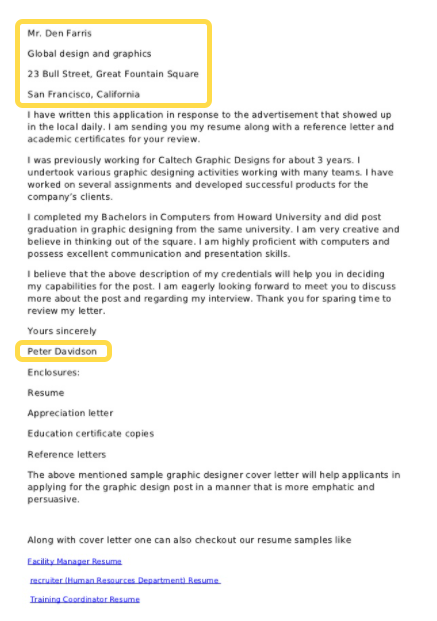
2. Your interest in the job advert
A cover letter is an excellent opportunity to showcase your experience, skills, and area of professional interests as they relate to the scope of the company's vacancy. Remember, the whole point of a cover letter is to show the potential employer why you're the perfect candidate for the job!
Each cover letter you send to a company should be tailored to their specific job posting. Even if a company has posted multiple vacancies that you're qualified to apply for, always personalize your letter for each position.
Ready to create brand assets that pack a punch?
Visit our Academy for free marketing design courses.
Think of this as an indication to an employer that you haven't simply responded to every job opening but have devoted time researching their specific offer.
This is your chance to demonstrate exactly why you'll be a good fit for the company.
In the cover letter example below, the applicant writes about the experiences and qualities that make them the best choice for the job.
Note the specific structure of the cover letter and how brief each section is. It's an art to put a lot of valuable information in a few words!
This applies equally to graphic designer jobs as to any other job application, as well as graphic design internship cover letters.
3. Optimized style
The style of your cover letter should be business-oriented but not overly formal. You want to catch the eye of creative teams but still keep it as straightforward and legible as possible.
It's better to avoid using resumé templates, other people's digital design projects, or complex writing patterns. Using pre-made design cover letter templates from the internet means you run the risk of another applicant creating a cover letter from the same source as you.
With that said, you can still use templates as inspiration and make them your own using Adobe Creative Suite tools or Vectornator.
Imagine a hiring manager reading dozens of motivation letters that all look the same! You could stand out just because you understand how to create an original cover letter without needing a generic resumé builder.
Think of ways to make your cover letter uniquely you without it looking cluttered or overly designed. Take the cover letter below, for example, where the greeting is big, bold, and offset from the body text. It's an elegant and eye-catching design cover letter sample!
4. Strengths and knowledge description
To ensure that your cover letter stands out and meets the employer's requirements, highlight your experience as it relates to the position.
To help you understand, here's a sample sentence:
"I excel at designing layouts, creating graphic images for websites and social media, and developing logos, brochures, and infographics."
Not only does this sentence clearly state your areas of graphic design experience, but it also shows the relevant skills you're most confident about.
Don't forget to highlight your soft skills, such as collaboration, meeting deadlines, customer communication skills, an eye for detail, and remote working. These are all invaluable skills that would complement any design professional job description.
Get creative with our ready-to-use templates.
Linearity Curve offers templates for every social media platform and various use case templates for posters, business cards, slides, app store screenshots, and more.
5. Grammatical accuracy
Obviously, spelling and grammatical correctness are extremely important. There are various software programs for proofreading to help you with that (or you could at least ask a friend who got an A for their English papers!).
Even if your work experience and education are top-notch, a poorly written cover letter will create the impression of hastiness and carelessness, which lowers your chances of being called for an interview.
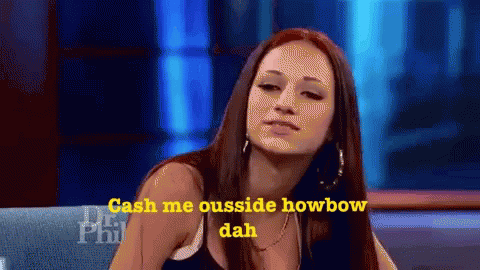
6. Skills and qualities in design user interfaces
You want to prove your proficiency in a wide variety of software programs for graphic design, as well as some marketing and SEO tools.
Often, graphic designers are required to know the basics of marketing and sales and how to leverage design and advertising to optimize customer interest and conversions. With that said, to find your perfect, long-term fit, you need to know what your most valuable skills are and the skills you’d like to develop and specialize in – otherwise, you might wear yourself out trying to be a ‘one-size-fits-all’ designer.
For example, you can state: "I am highly skilled at using Adobe Illustrator, HTML, and CSS."
7. Personal characteristics
Don't forget about the personal qualities that an employer may expect from you.
You don't need to write a whole biography, but mentioning some specific instances of your achievement in a particular life circumstance can give you an advantage.
8. Information about your education
Try to avoid plagiarism in any part of your resumé in your cover letter, except for your contact information. The cover letter should complement your resumé with a simplistic design that doesn't contradict or repeat it.
Remember that your education is a part of your career journey but not the only thing that qualifies you for a job position. You can also mention your work experiences and doing volunteer work or internships.
9. Optimal size
The optimal length for a cover letter is 3-5 small paragraphs. Your letter should not take up more than one A4 or Letter page.
The motivation letter introduces you and your qualifications for the job. An overly wordy cover letter could come across as insecure or untidy.
10. A word of gratitude
Finally, thank the potential employer for their consideration at the end of your letter, and finish with a strong statement that outlines your willingness to come for an interview if they believe you may be suitable for the position. Express your interest in learning more about their company and culture and how you could potentially contribute.
Your next steps
So, to recap, a cover letter is a candidate's story about their qualifications that also includes a glimpse into who they are as a person.
Now that you know the basic requirements for a design cover letter remember to add your personal touch.
Tailor your letter to the graphic design industry smartly by paying attention to grammar, layout, skills, and experience. The examples included in this article should help you get started.
If you're ready to personalize a layout design for your cover letters, there's no need to look further than Vectornator!
Download Vectornator to Get Started
Take your designs to the next level.
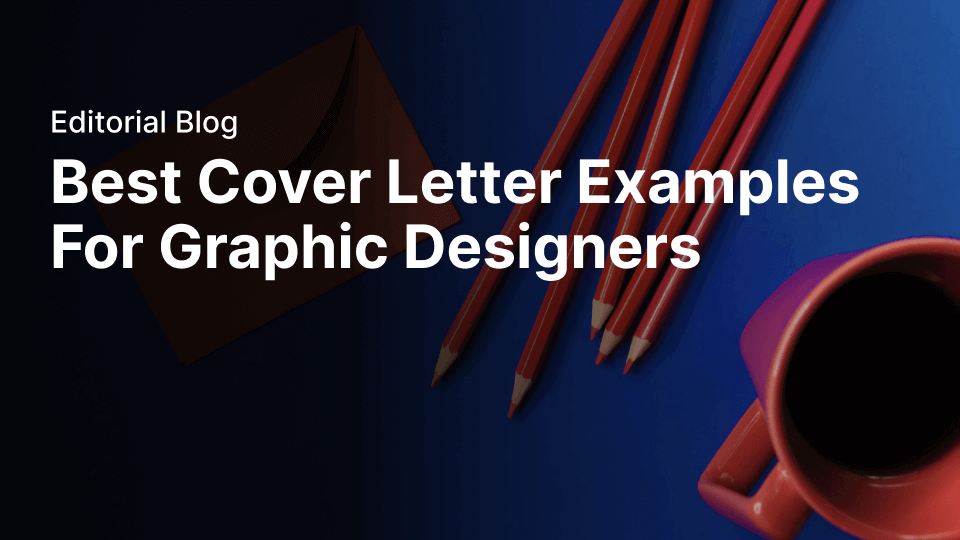
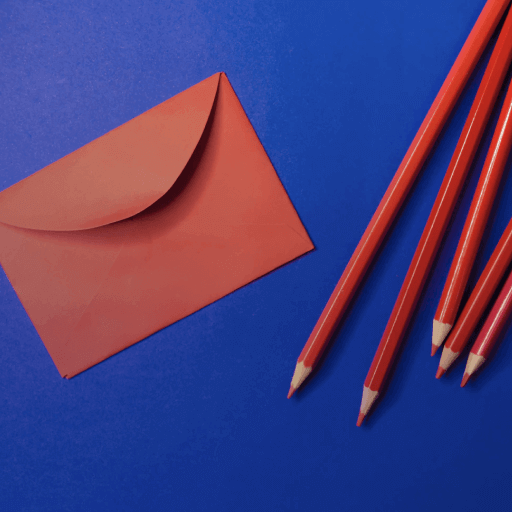
Share this!
Emma Taggart
Emma is a Content Writer for Linearity in Berlin. Her hobbies include making ceramics, roller skating, drawing, and 2D animation.
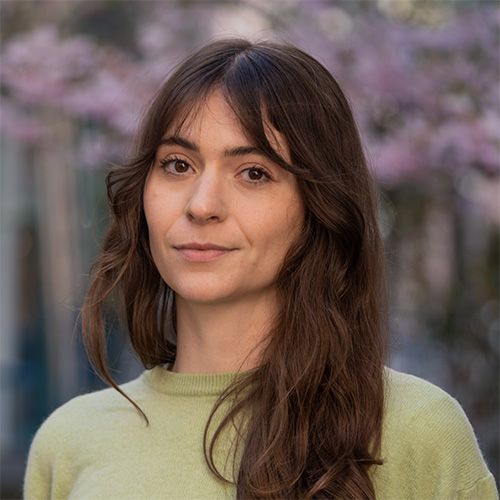

:quality(75))
:quality(75))
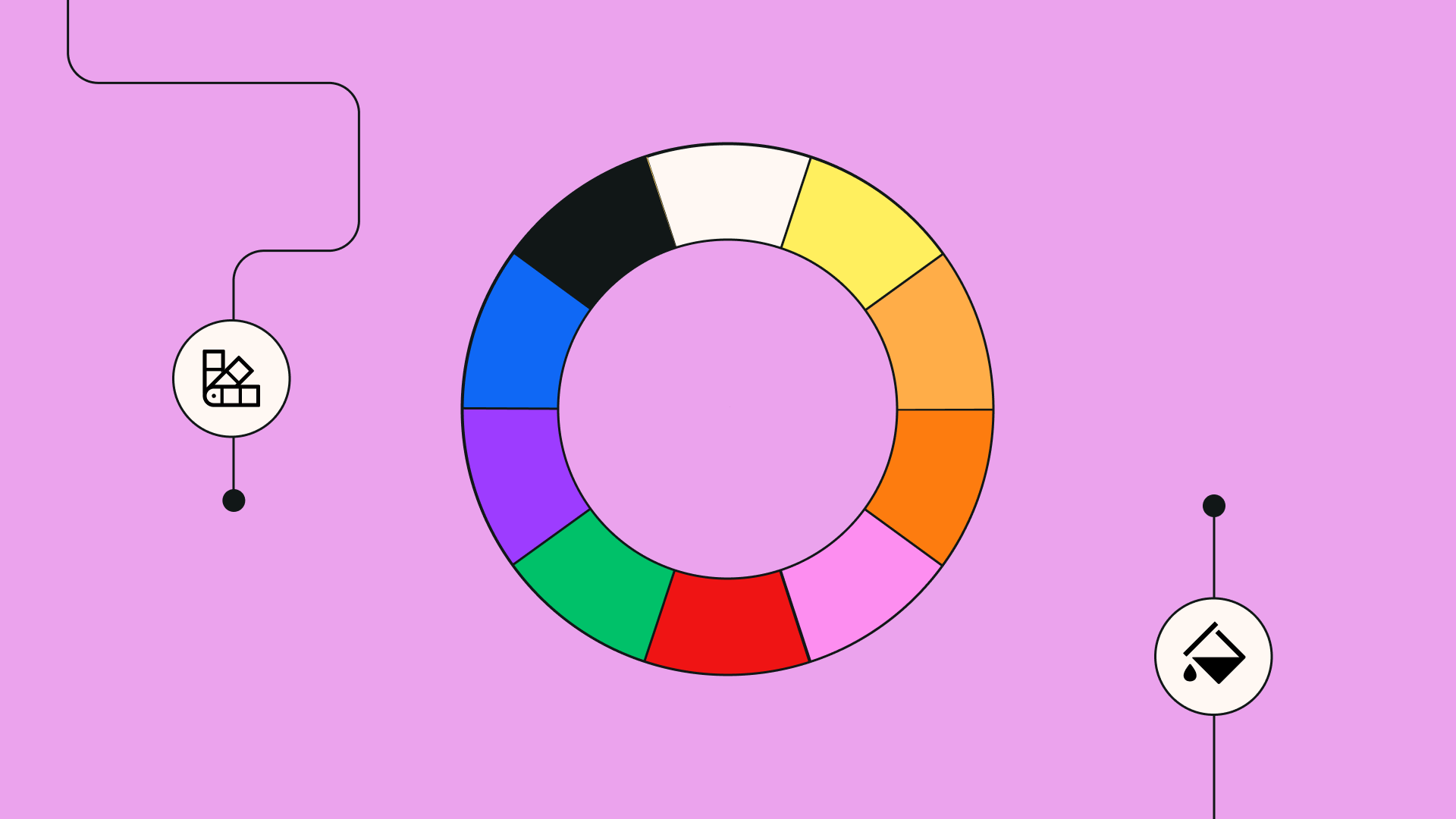
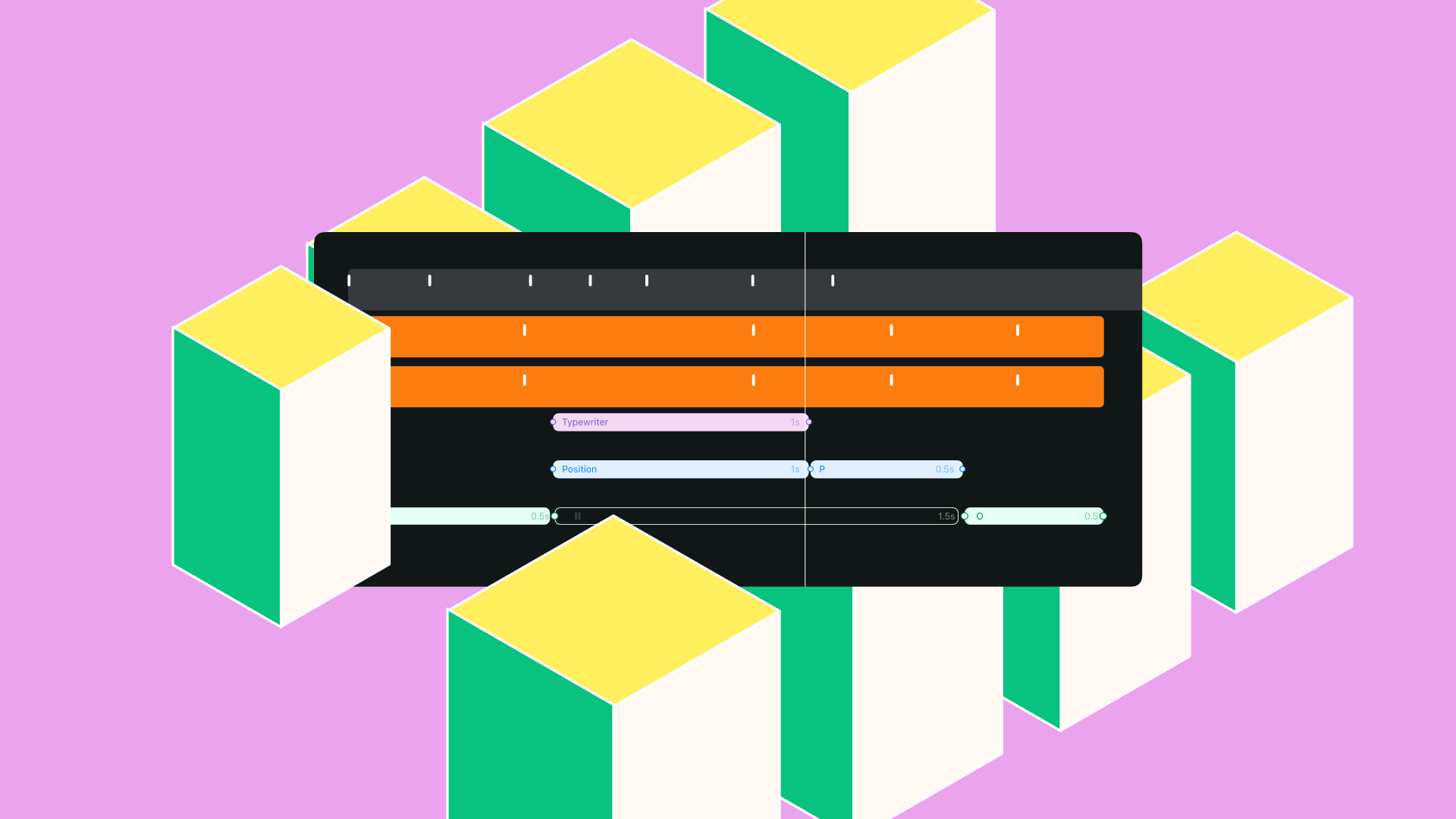
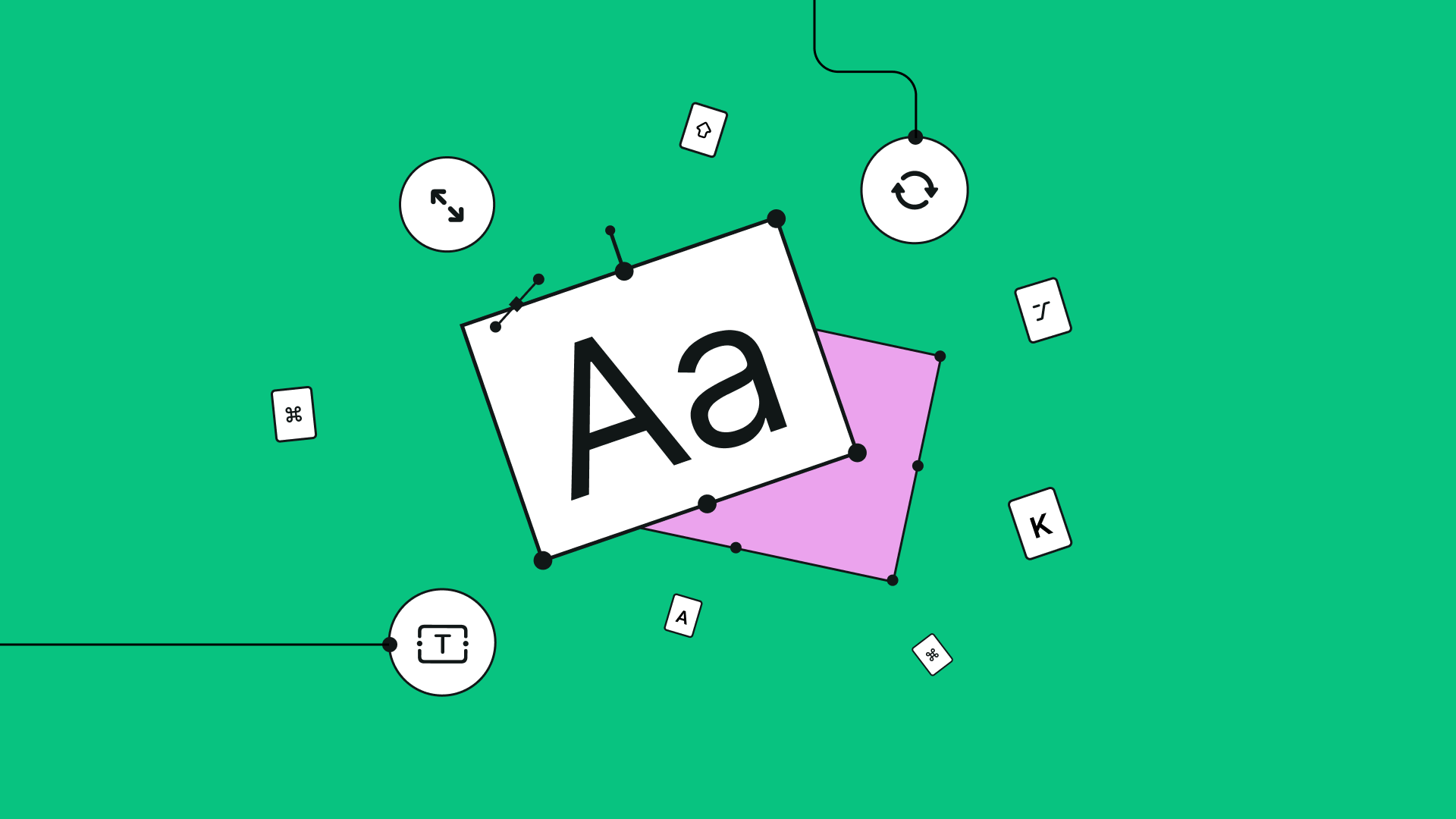
:quality(75))
